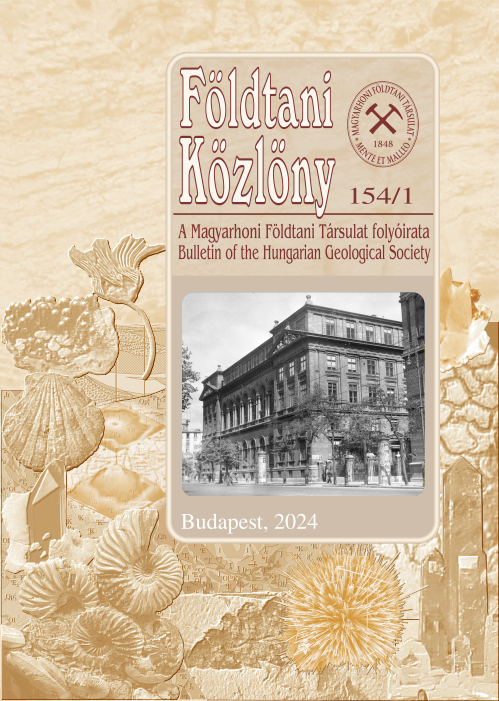Az alsó-permi Korpádi Homokkő Formáció törmelékes kőzeteinek ásványtani és kőzettani jellemzői a Túrony–1 fúrásban (Szlavóniai–Drávai-terrénum)
Abstract
This paper presents the results of a mineralogical and petrographic study of Lower Permian red sandstones and siltstones penetrated by the borehole Túrony–1 (Tu–1), Korpád Sandstone Formation, Southern Transdanubia, Hungary.
Apart from the transition zones between the Korpád Sandstone and underlying/overlying formations with mixed grain composition, the studied succession comprises quartz- and mica-rich siliciclastic rocks with abundant metamorphic rock
fragments. In the fine-grained siltstones, the presence of an intensive bioturbation suggests a relatively humid depositional environment (wet red beds). Considering the framework grain composition and the clay mineral assemblages,
a relatively wide (~40–60 m) fault zone is assumed to exist between the Túrony Slate and Korpád Sandstone formations in the borehole Tu–1. Similarly, an extensive tectonic zone could occur on the boundary between the Jakabhegy
Sandstone and Korpád Sandstone.















